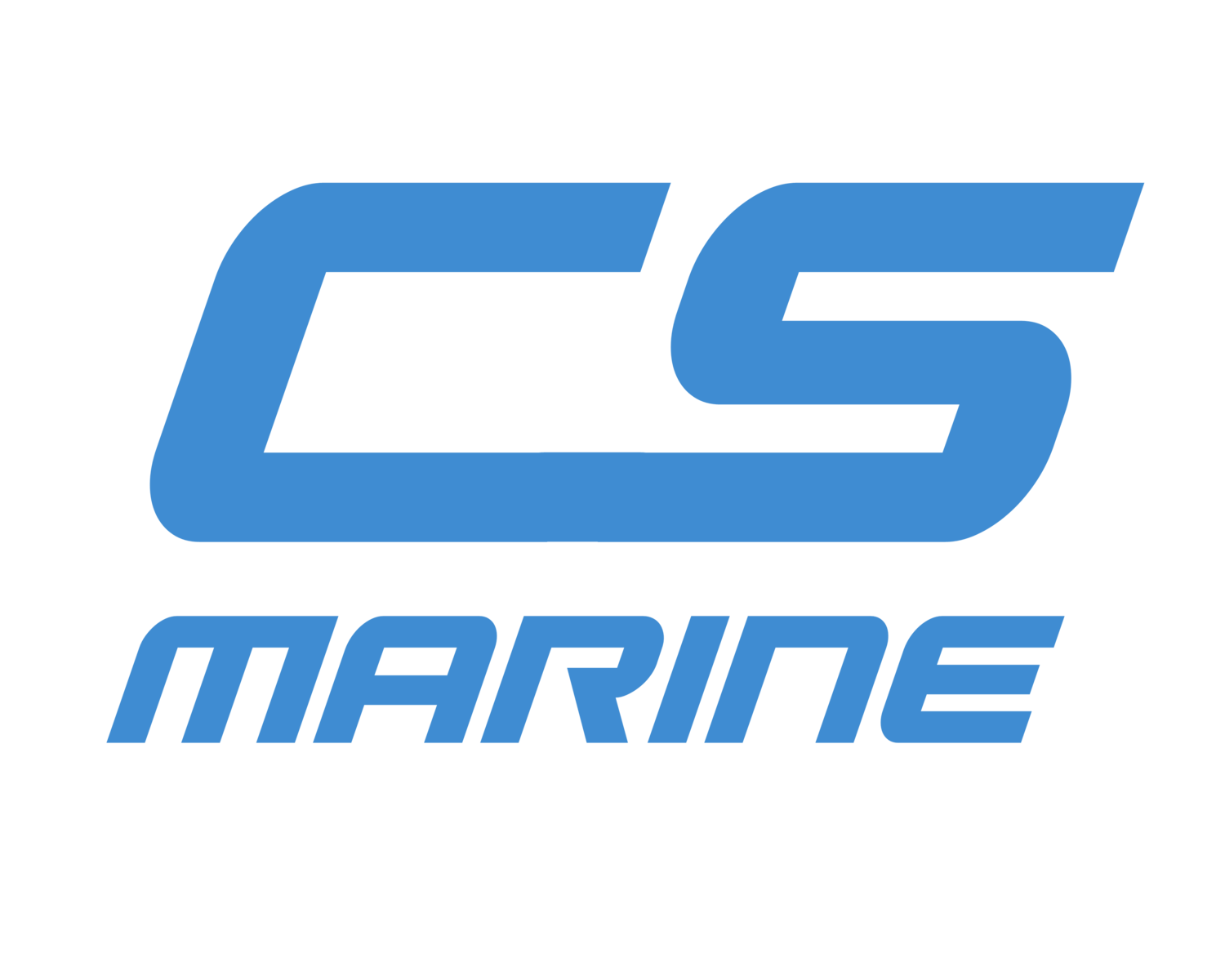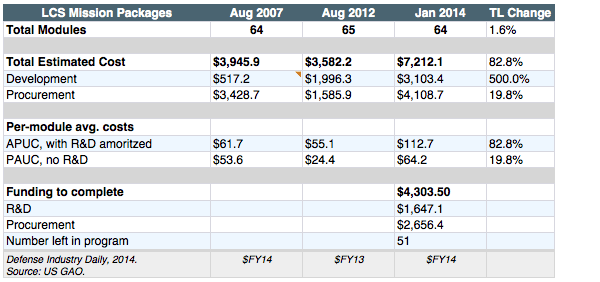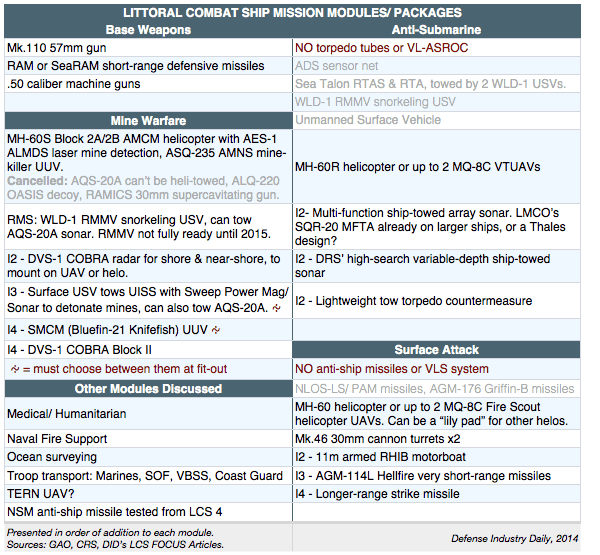November 20, 2020 10:11 AM
The following are a pair of November memos from Navy acquisition chief James Geurts and Chief of Naval Operations Adm. Mike Gilday to the U.S. shipbuilders.
MEMORANDUM FOR AMERICA’S SHIP BUILDERS, MAINTAINERS, AND SUPPLIERS
Nov. 3, 2020
SUBJECT: Thank you and Keep Them Sailing Keeping the US Navy’s ships operating non-stop around the globe has been a hallmark of the United States Navy and its shipyards since the beginning of our great nation. The onset of the COVID pandemic this year, during a period of high operational demand on our Navy, required an unprecedented level of dedication, mission focus, and resiliency from our entire shipbuilding and ship maintenance enterprise and YOU DELIVERED!
Over the last several months, I had the privilege to visit many of you in our Public and Private shipyards. I have seen the pride with which you work every day in support of the fleet, and witnessed your sacrifice in accomplishing the mission during this challenging period. Seeing, first-hand, the COVID safety precautions in place to protect the workforce and processes that have evolved to ensure the work and delivery of ships and submarines continues during COVID, is inspiring and truly appreciated. If America could see what I have witnessed, they would be grateful for your resiliency and productivity to keep the equipment flowing to our military’ s deployed women and men.
As we enter another period of increased COVID challenge across the Nation, we must continue to maintain the highest levels of safety and vigilance in all of our. shipyards. Doing so will continue to support our Sailors and Marines as they operate at high operational tempo around the world to protect our freedom. They are counting on you, as am I, to not let your guard down and let COVID negatively impact our ability to support the fleet.
The Department of the Navy is only as strong as the women and men operating in our shipyards around the country and the world to keep our forces equipped and ready. THANK YOU to the entire team and all those that support the construction, repair and supply efforts to ensure warfighting readiness for our Navy and Marine Corps.
James F. Geurts
November 18, 2020
MEMORANDUM FOR AMERICA’S SHIP BUILDERS, MAINTAINERS, AND SUPPLIERS
SUBJECT: My Profound Thanks
Over the past year, I have had the opportunity to visit with many of you and have seen first-hand the work you are doing to assist our Navy in building the most ready and lethal fleet in the world. Without a doubt, shipbuilding and maintenance are the backbone of our Navy. And each and every one of you has played an important role to help us adapt, change, and re-think how to keep readiness levels high during COVID.
From entrances at the gate to chow lines, and from the deck plates to front offices, you are operating workforce levels at approximately 90 percent in both public and private shipyards amidst this pandemic. And together – even during COVID – we have made real improvements in getting our ships out of the yards on schedule.
Your innovation and dedication to keeping maintenance and production lines on track is greatly appreciated, as is your commitment to readiness, which is critical for us to sustain our Fleet both today and in the future. Simply put, you can’t get to the fight if you don’t have ships to sail there.
Thank you again for your continued support to our Navy and our Nation! And to the entire workforce who are responsible for helping us generate warfighting readiness, you have my profound thanks.
M.M. Gilday
Admiral, U.S. Navy




















